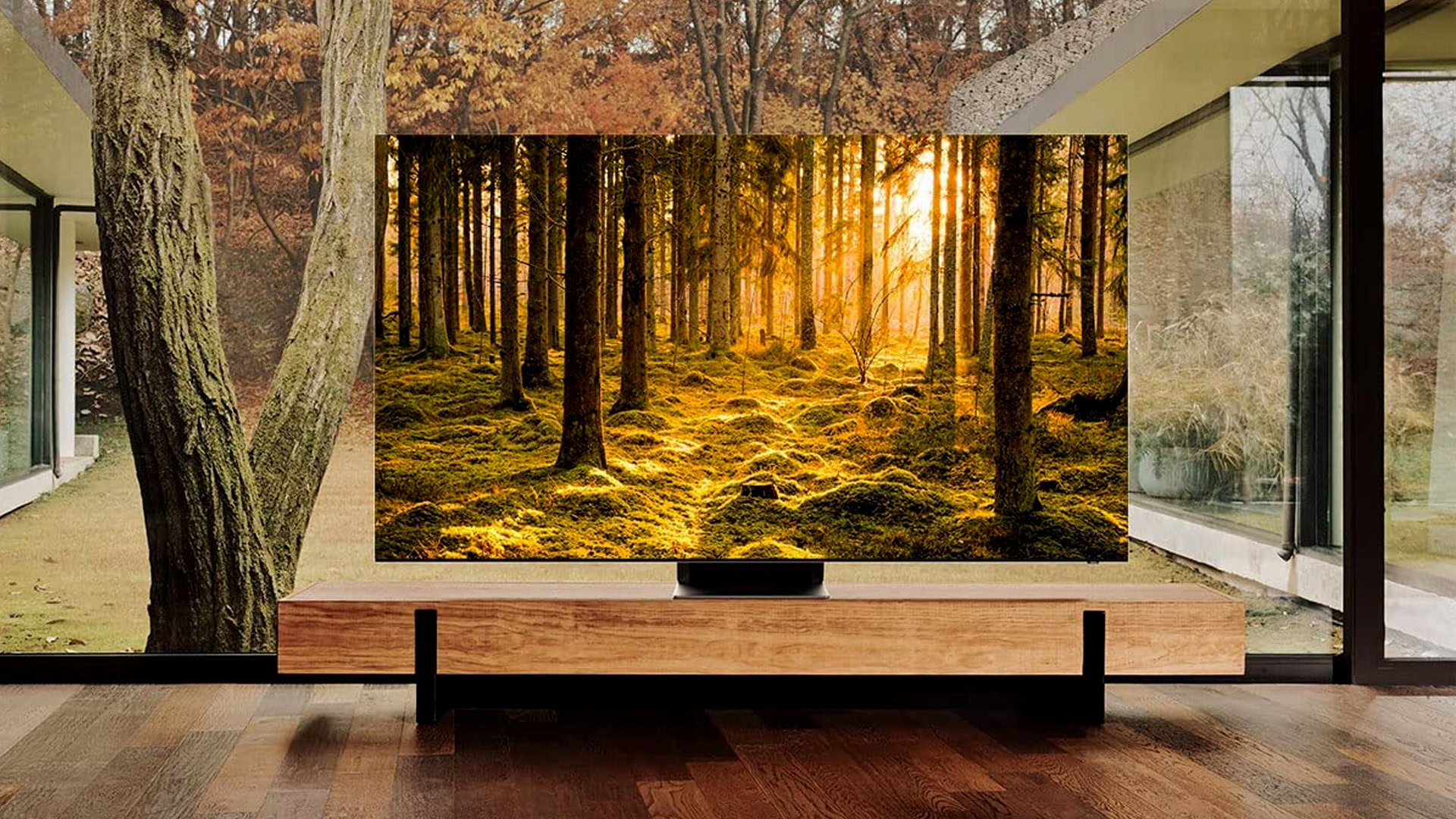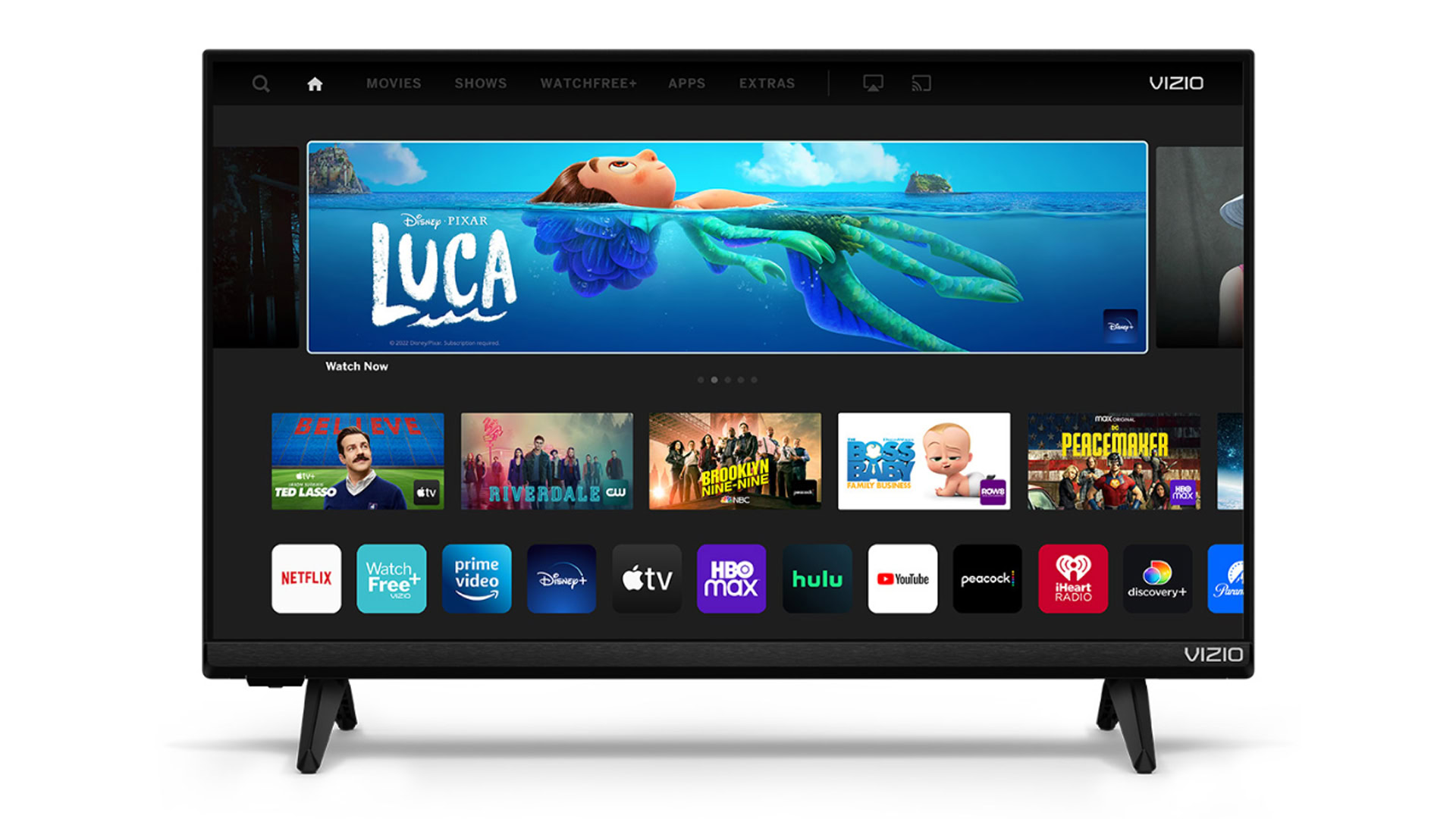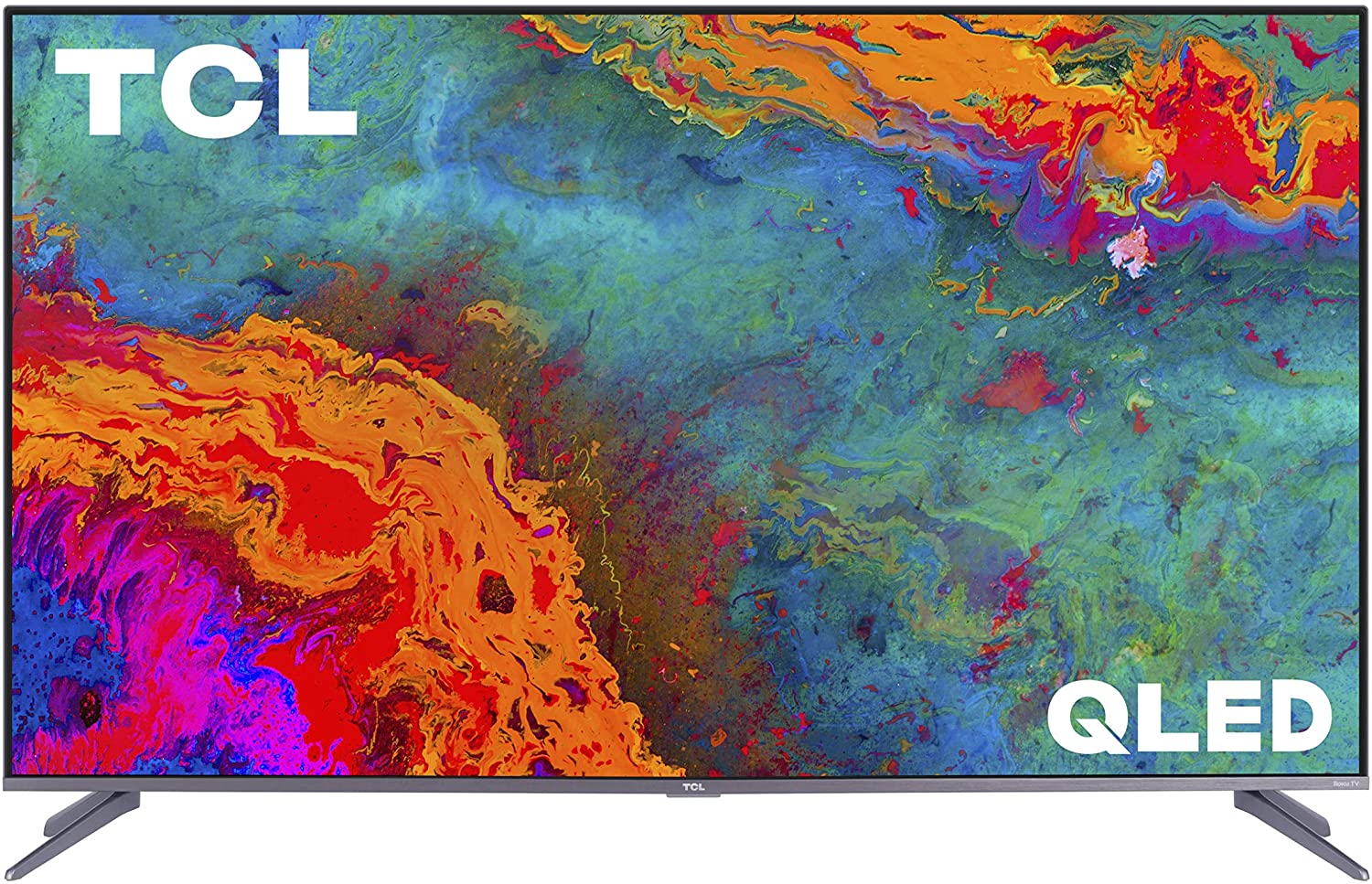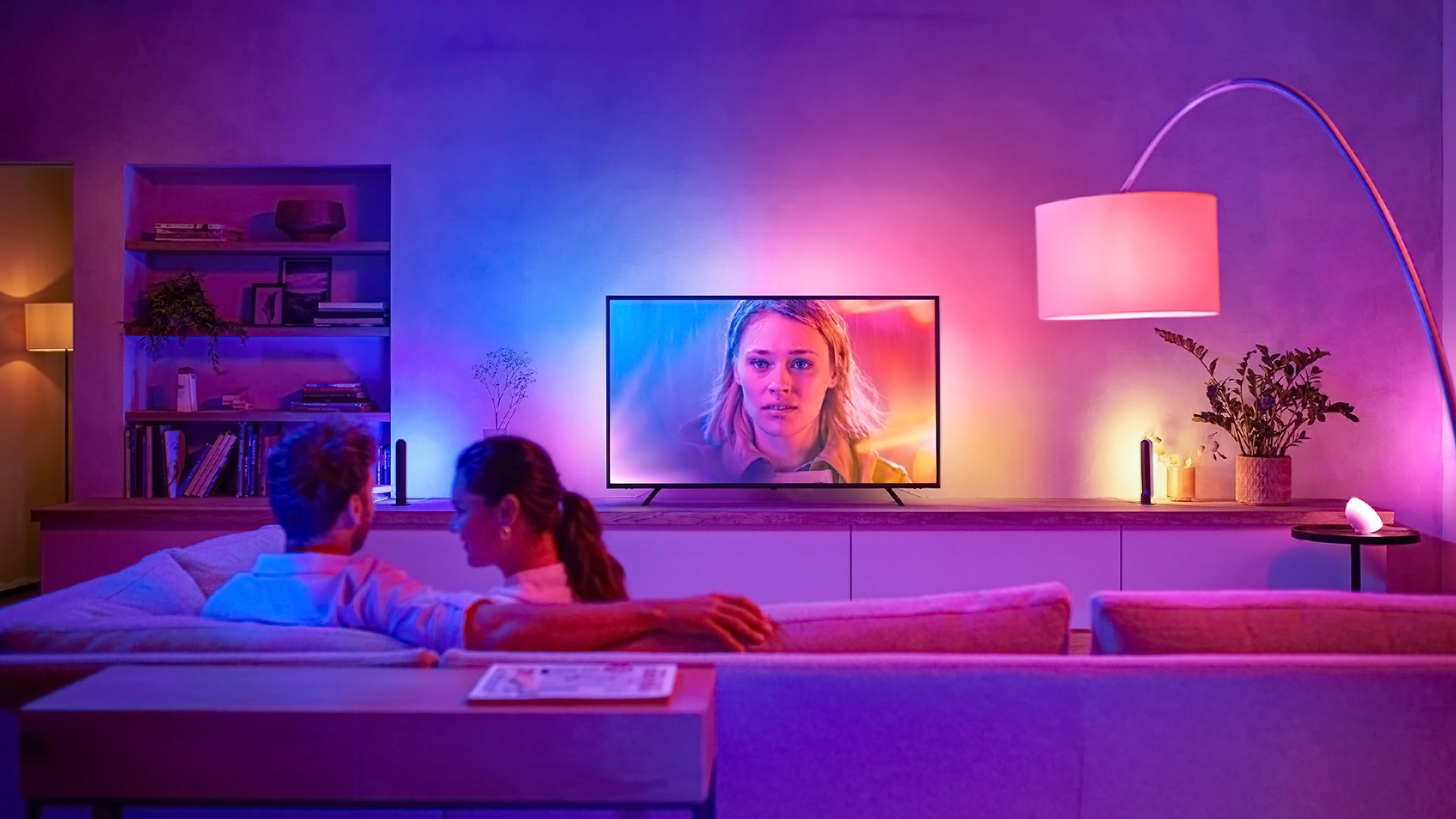Affiliate links on Android Authority may earn us a commission. Learn more.
Here's how to measure a TV before you put it in your home
Some people may assume that you can look at the advertised screen size of a TV to figure out if it will fit somewhere. That’s not the craziest line of thinking, but in practice, what’s advertised is too little information to go on. In this guide, we’ll show you how to measure a TV to get a more accurate reading and place it in your room with confidence.
Read more: The best cheap 4K TVs you can buy
QUICK ANSWER
To get a true sense of a TV's size, it's time to bring out a measuring tape or app, or dive into detailed specifications. Advertised size usually only describes the screen diagonal, and may or may not include the bezel and/or frame. It never factors in any stand a TV might come with. You may also want to measure planned viewing distance to gauge how big a TV you need.
JUMP TO SECTIONS
TV screen sizes

The most important part of measuring a TV is figuring out its actual screen size. Manufacturers typically measure screens diagonally, from the top corner on one side to the bottom corner on the opposite.
Things can quickly get complicated, however. If you see a TV advertised as having a “55-inch” display, it’s possible that the actual screen size could have as much as a half-inch difference. That’s because some TV makers include the frame and/or bezel, which might help with room placement, but is maddeningly inconsistent with industry standards.
Actual screen size could have as much as a half-inch difference versus what's advertised.
Most new TVs include actual display sizes in their official specs. If you find a TV you like on a website like Amazon, we’d recommend searching for specs direct from the manufacturer. If you’re visiting a physical store like Best Buy or Target, and discover something you really like, bring a tape measure or use an augmented reality phone app to get the most accurate data.
You can also use a tape measure to gauge a screen’s height and width, which are always smaller than the diagonal. Nearly all smart TVs use a 16:9 aspect ratio, mainly because most movies and TV shows have settled on that format. There have been a few attempts to sell TVs with a 21:9 ratio, but they’ve been discontinued due to low sales. Some large PC monitors support 21:9, primarily for immersive gaming and improved productivity.
TV frame sizes

As mentioned, TV makers sometimes combine screens with frames or bezels to get to an advertised size. The obvious issue is that some TVs have bigger frames and bezels than others. Newer TVs usually have enormous bezels, whereas modern ones barely have a frame or bezel, despite a larger screen area. Again, when you want to measure a TV, check out the official specs (if available), which could reveal frame size and screen information. It’s always good to have a tape measure if you’re shopping in a brick-and-mortar store.
Stand sizes

If you’re not going to mount a new TV on a wall, you’ll also need to take stand measurements. Some stands are placed squarely under the middle of a TV’s frame, while others are located towards the outside edges. In some instances stands can push the height of a TV by as much as 3 inches, which may be a deliberate decision to make room for a soundbar.
Using specs or a tape measure, check the height of a TV with its included stand setup, and compare that against your table or entertainment center. It’s recommended that you leave at least 2 inches of room between your TV and any framed space in an entertainment center — otherwise, it’s going to be difficult to grab and reposition your set, never mind trying to connect cables.
Related: The best soundbar deals
Room sizes

Whether you have a table, entertainment center, or wall mount, you’ll want a TV that’s big enough to see detail and minimize distractions. In a living room or bedroom, use a tape measure to find the distance in inches between your TV’s niche and your sofa, chair, or bed. Divide that distance by two, and that’s probably the best screen size for your TV. For example, if there are 120 inches (10 feet) between your sofa and entertainment center, you’ll want a 60-inch TV.
Some people prefer maximum immersion, in which case they can certainly move furniture closer and/or buy a bigger TV, assuming space and budget allow. You don’t want to be too close — if your eyes are constantly hunting around images, or viewers on the side are seeing dimmed lighting and/or distorted colors, something’s wrong.
Final placement takes a little bit of guesswork. However, if you measure a TV and your room size accurately, you can get a pretty good idea of how it’ll look when you set things up.
Read more: Everything you need to know about 4K HDR
Frequently asked questions
If you’re planning to put a TV on your desk, the sweet spot is probably between 40 and 55 inches. Even 40 is potentially overkill, depending on how far away you’re sitting, but it’s difficult to find a 4K set smaller than that. 1080p can prove blurry for apps, and many sub-4K sets also lack features like HDR or enhanced refresh rates for gaming.
The most common sizes these days are probably 43, 50, 55, and 65 inches. 55 and 65 are the most popular, since anything larger tends to be needlessly expensive for most rooms.
That said, budget retailers like Walmart still sell plenty of TVs under 40 inches, and it’s not that hard to find models measuring 70 to 75. Trouble sets in beyond that, since relatively few people can afford an 80-, 90-, or 100-inch TV.